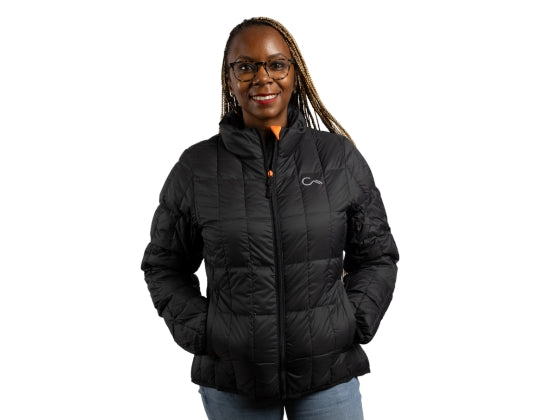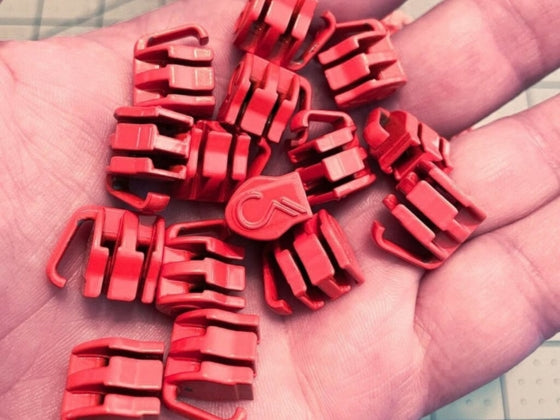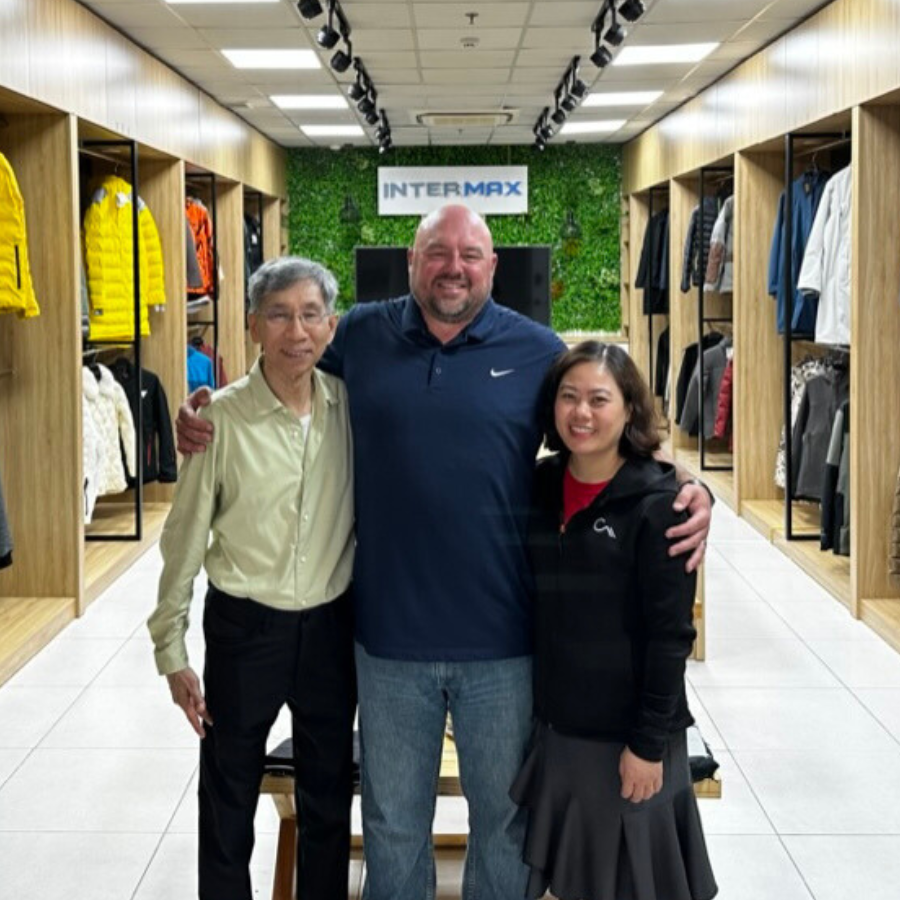Reality is undefeated. It always wins. It hasn't even ever been scored on. It will beat you worse than Georgia Tech beat Cumberland College in that football game in 1916.
This isn’t meant to be a political post, but it’s a topic that has challenged my assumptions, forced me to adapt, and reshaped how I think about sourcing and manufacturing. How important is “Made in the USA” to you? It’s an honest question, and one I’ve grappled with since starting Constant Mountain.
A Brief History of American Apparel Manufacturing
Apparel production in the United States has a long, storied history, dating back to the early days of the country. Despite England’s efforts to keep industrial knowledge across the Atlantic, innovation found its way. By 1813, Francis Lowell had established the Boston Manufacturing Company, which some historians mark as the beginning of America’s Industrial Revolution.
By the 1950s, millions of Americans worked in the textile and apparel industries, and 95% of the clothing purchased in the US was made domestically. But globalization changed everything. The creation of NAFTA and the WTO in the 1990s accelerated the outsourcing of manufacturing, and by 2013, only 3% of clothing sold in the US was made here.
With that decline, much of the capability and infrastructure disappeared. What remained was claimed by larger players with massive purchasing power and significant influence.
The Challenges of Domestic Production
When I started Constant Mountain, my goal was to be a “Made in the USA” brand. But the realities of domestic manufacturing quickly hit:
- Competing with massive companies like those producing under the Berry Act for the Department of Defense was nearly impossible.
- Minimum order quantities for fabric suppliers often started at 300,000 yards—an unthinkable number for a new, small brand.
- The Infinity Pocket was “weird” and new, requiring unique manufacturing techniques.
- As an unknown brand, I had little leverage.
I found myself facing obstacle after obstacle. It wasn’t impossible, but it was close enough to feel that way.
The Pivot
The truth is, I had to pivot. And that pivot required me to challenge some deeply held beliefs about what “Made in the USA” means.
Here’s the risky statement I’m making:
“Made in the USA” is not a moral high ground.
There are practical, real benefits to domestic production:
- Better logistics
- Stronger environmental oversight
- Improved quality control
But moral superiority isn’t one of them.
The shift to globalization devastated parts of the US economy, and the effects were crushing for many hardworking people in American factories. That pain is real, and it deserves acknowledgment. But it wasn’t caused by the hardworking people living in other parts of the world who were seeking their own opportunities to provide for their families and pursue happiness.
I’ve met some of these incredible people—individuals who are now my friends and business partners. They are just as committed to producing great products and supporting their families as anyone here in the US. I’ll share more about them in another post.
Lessons Learned
This experience has taught me that adapting to reality isn’t a betrayal of values—it’s a practical step forward. Sometimes, the pivot you’re forced to make challenges your assumptions but leads to greater clarity and success.
So, let me ask you: What practical pivot have you made that challenged your deeply held beliefs? How did you grow from it?


















